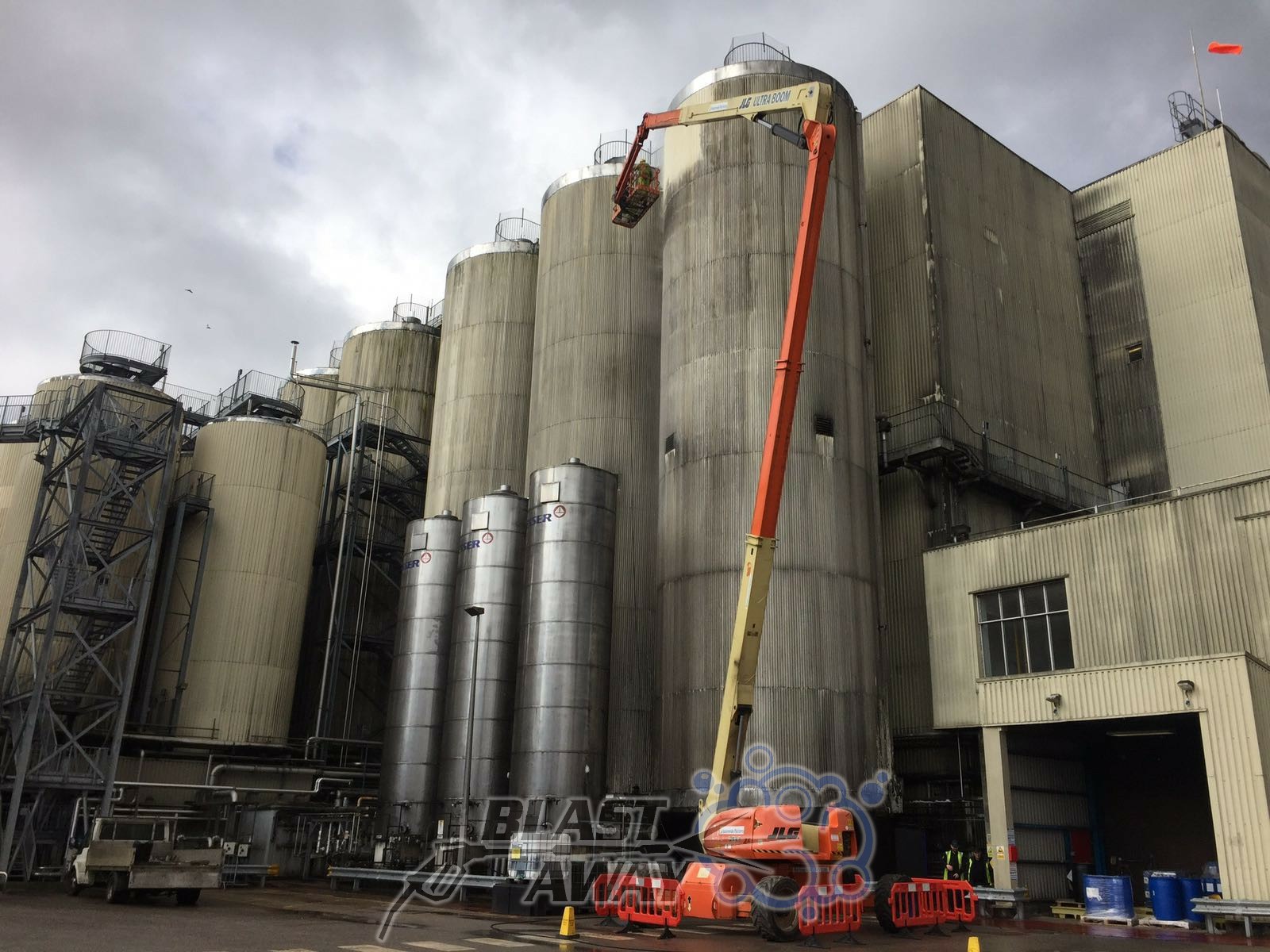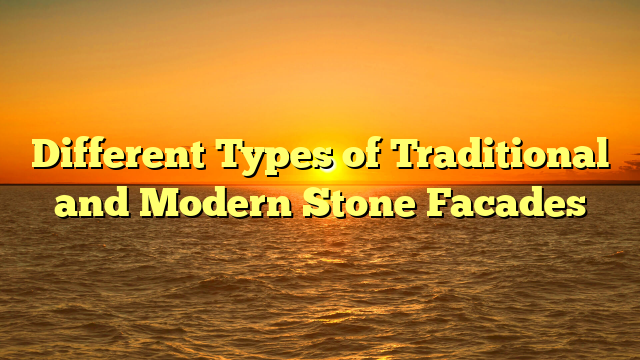Traditional and modern stone facades come in a variety of styles to pick from. You can select to use stacked stone, hand-crafted stone, Rainscreen cladding, or Mortarless stone veneer. cladding cleaning has its benefits and disadvantages. Let’s look at some examples.
Stone for stacking
Stack stone is a kind or stone veneer that is typically up to 2 inches thick. It is thinner than traditional stone siding and is suitable for both outdoor and indoor applications. It’s a versatile product that looks fantastic in contemporary and traditional settings. If you want to give your home a traditional or contemporary appearance, you can choose the stacked stone.
Stack stone is a combination of different sizes and types of stones, giving it an artistic appearance. Stack stone is often natural hues, and it is among the most popular contemporary designs. Stack stone is easily used in any design due to modern manufacturing.
Stones that are hand-held
There are many options available for natural stone facades depending on the type of building and the budget. Marble stone cladding, as an instance, is available in a range of sizes and shapes. Although it is not stain-proof and is not incredibly durable however, it is an attractive option for offices, hotels, and commercial buildings.
It is possible to install a hand-crafted stone veneer by a variety of methods, including dry-stacked. This is usually the most realistic, but it is also the most costly. Stone veneer is heavy, therefore it needs a strong structure to prevent the stones from shifting or moving. However this method of making stone veneer has many advantages, such as its resemblance to full-size stone. Stone veneer is composed of lightweight aggregate and portland cement. It also has pigments like iron oxide.
Rainscreen cladding
Rainscreen cladding is an attractive finishing material for stone facades. Its purpose is to shield the building fabric from water and to give it an attractive finish. Rainscreens are constructed of a variety materials. These include brick and granite, and lightweight materials.
Stone rainscreen systems have used an exposed or hidden clip system in the past. The system of cladding requires a 1 to 2 inches air gap to transfer the water from the stone facade to the base course of the building. This permits the construction of a “breathing” exterior skin.
Mortarless stone veneer
Mortarless stone veneer is a popular option in both modern and traditional stone facades. This kind of stone veneer does not require mortar to be put in, and is suitable for use both outdoors and indoors. It is comprised of 1.5-inch-thick stones that vary in both size and texture. Each piece is unique since it is cut in a factory according to exact dimensions.
It’s a straightforward and affordable renovation option that can add long-lasting value to your home. It can be used as an accent to an interior wall, kitchen island or even as wainscoting. The stone veneer also has a great advantage: it is able to be installed by anyone, without the need for mortar or lath. This allows you to lower the project cost and still receive the same high-quality stone. Mortarless stone veneer also removes the necessity for grouting or masonry tools.
